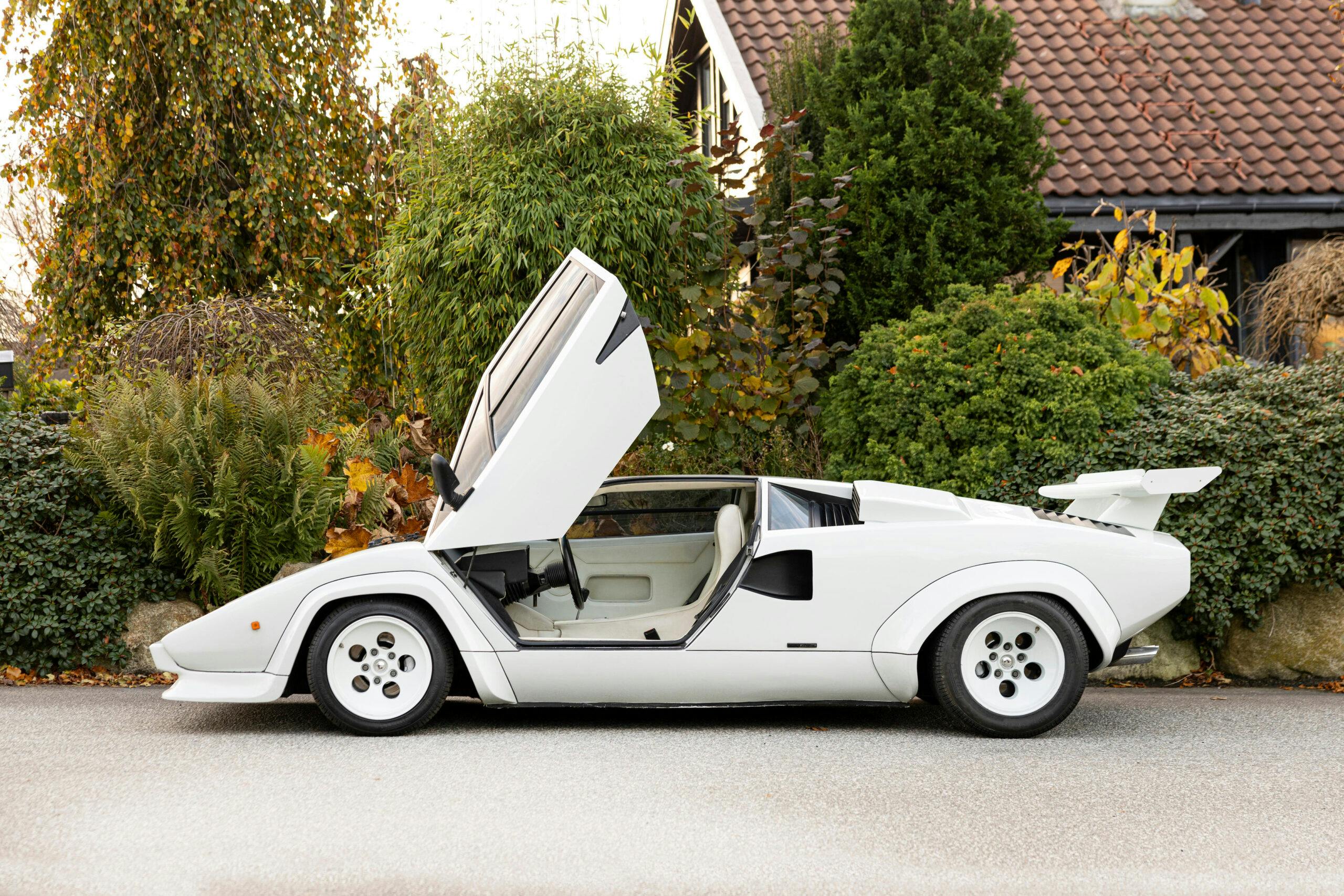The US collector-car auction season picks up in March, as the curated selection of auctions in Amelia Island, Florida gets underway. Four sales are on the calendar this year, with 456 consignments, and we anticipate a record in total sales, possibly to the tune of over $200 million (£168m).
Whereas the January top-bill auctions, including Scottsdale and Kissimmee, provide a useful heat check of the American muscle car and affordable car market, the Amelia auctions give a broader, if more expensive view. In the last 10 years, the lowest average price has been $240,923, while the highest was $461,338 (a range of about £202,000 to £386,000).

Porsches always have a strong presence here, as do high-end prewar cars, and this year the latter figure more prominently than ever. And, given the nature of the Amelia Concours d’Elegance, the adjacent auctions typically bring a bevy of Enzo-era Ferraris and historic race cars to eager bidders. Enthusiasts and watchers of the market have a lot of historically relevant and downright interesting cars to look at.
That said, a handful of cars have piqued our interest as the most significant. Here they are.
1966 AAR Gurney Eagle Mk 1
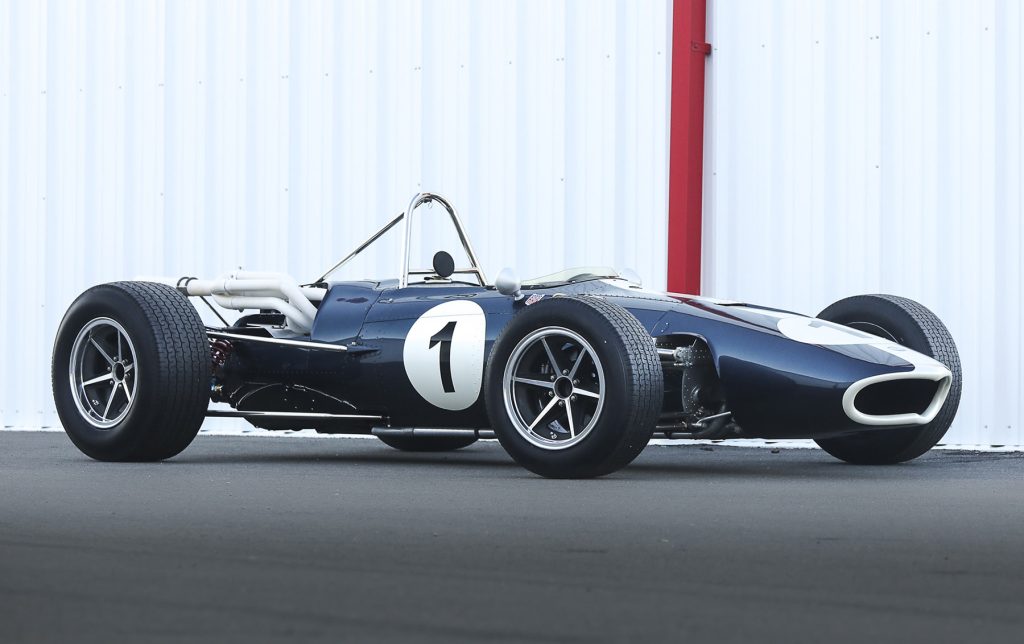
Gooding & Company
Estimate: $3,000,000 – $4,000,000 (£2.5m – £3.3m)
With F1 as popular as it’s ever been in the ‘States, what better time to sell America’s most successful and (arguably) best-looking F1 car – the deep blue, cigar-shaped, and gracefully beaked Gurney Eagle Mk 1. Sure, it was designed by an Englishman, powered by an English engine and had its HQ in East Sussex, but Dan Gurney’s AAR team had America right in the name, dangit (Anglo American Racers for the F1 cars, All American Racers for everything else), and the cars were built in California. At the Belgian GP in 1967, Gurney also became the first and so far only American driver to taste the champagne by winning with an American team.
Four Eagle Mk 1s were built by AAR, and Gurney’s race-winning car is #104, powered by the powerful but temperamental 3.0-litre Weslake V12 engine. The Eagle on offer in Amelia was the first Mk1 built, and when it first hit the grid the Weslake engine wasn’t ready, so it raced with 2.7-litre, four-cylinder Coventry Climax power. It ran several grands prix but, down on oomph, never took home a victory. Nevertheless, Bob Bondurant, Phil Hill and of course Dan Gurney spent time behind the wheel.
Gooding sold a V12-powered Eagle back in 2013 for $3.74m. Ten years later, a $3m-$4m estimate for the first of these American F1 treasures seems perfectly reasonable.
1936 Lancia Astura Series II Cabriolet Tipo Bocca by Pinin Farina
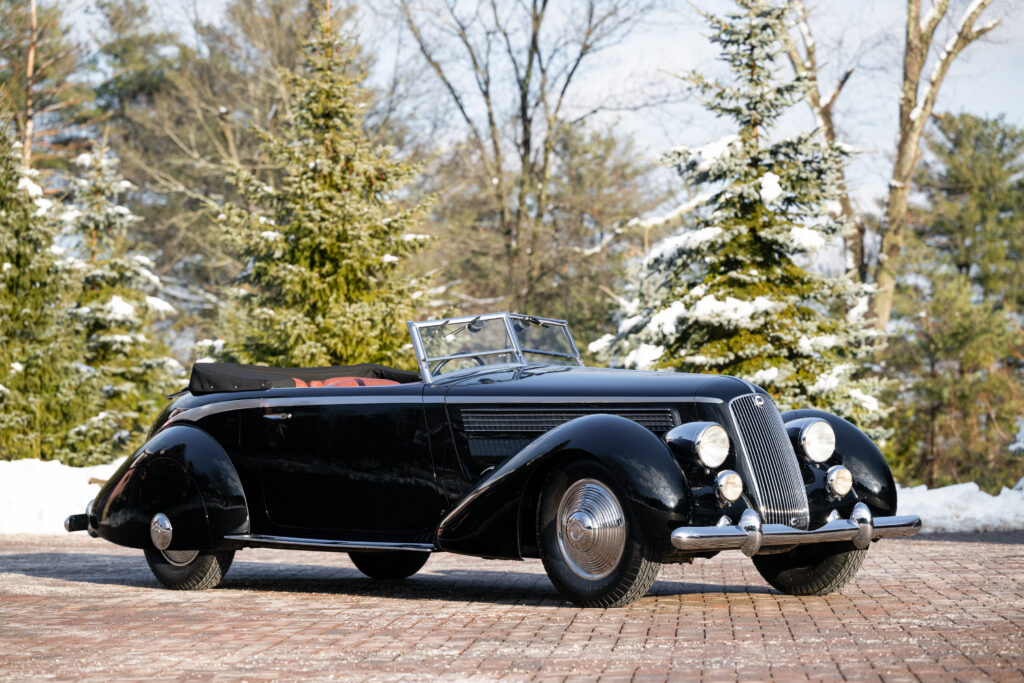
RM Sotheby’s
Estimate: $2,000,000 – $2,400,000 (£1.7m – £2m)
This Lancia’s nickname roughly translates from Italian to “mouth type.” I guess it sounds sexier in its native tongue – Tipo Bocca. It also refers not to that rounded rectangular grille, but to the people who commissioned it.
The Astura, with its overhead cam V8 engine, was a car whose technical sophistication wasn’t exactly matched by cutting-edge coachwork. It was outwardly a tad conservative, especially when surrounded by contemporary cars sporting the Art Deco-era’s latest swoops and flourishes. The Bocca brothers, who were Lancia dealers, convinced Vincenzo Lancia to agree to a small batch of coachbuilt cars. They chose Pinin Farina, then still fairly fresh on the crowded continental coachbuilding scene, to do the work.
Believed to be one of six built, this one gleamed on the stand at the 1936 London Motor Show, then sold into private hands in Britain and subsequently fell into disrepair. An enthusiast rescued it with the intent to restore it, and then happened to meet Battista Farina himself while in Turin. Farina, a little nostalgic for his early work, offered to restore the body.
Eventually, Eric Clapton bought the car and kept it until the 1980s, when it wound up in Pininfarina’s in-house collection before heading to an American collector’s stable in 2009, the same year it was a no-sale at the Monterey auctions.
The reason we’re interested in seeing what the lovely Lancia does on the block is that it won Best in Show at the granddaddy of all car shows – the Pebble Beach Concours d’Elegance – in 2016. It’s a prestigious award that’s naturally only given out once a year, so this Lancia’s in pretty elite company. Collectors shell out boatloads of cash on restorations and can spend years searching for the right car just for a chance at Pebble glory. This car has been there, done that, so it’s unlikely to do it again. Does that limit its appeal?
Trio of Ferrari California Spiders
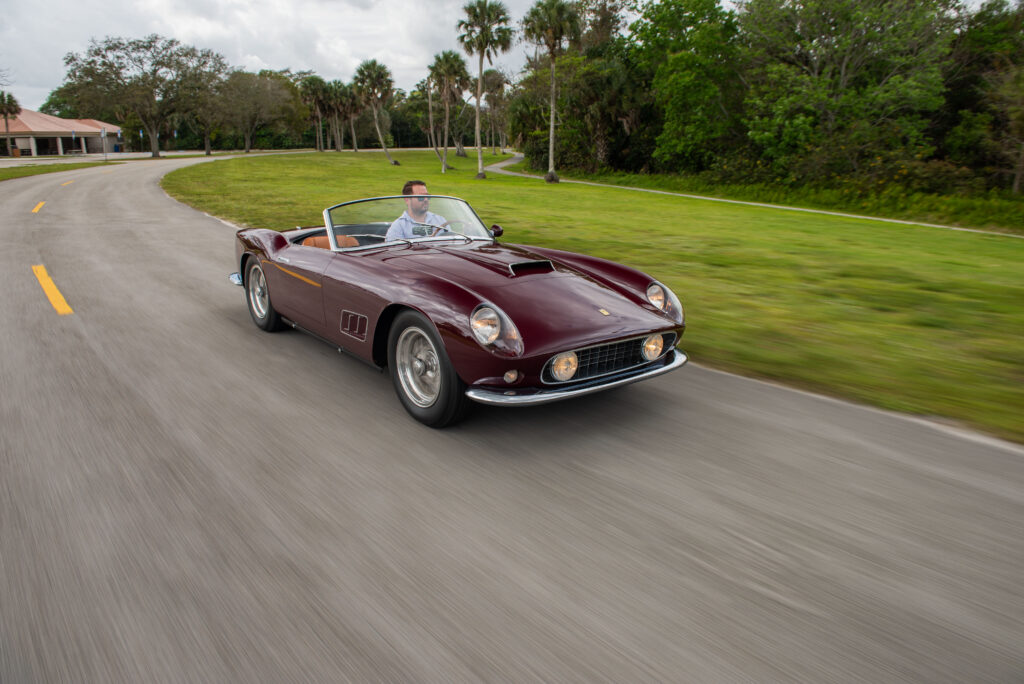
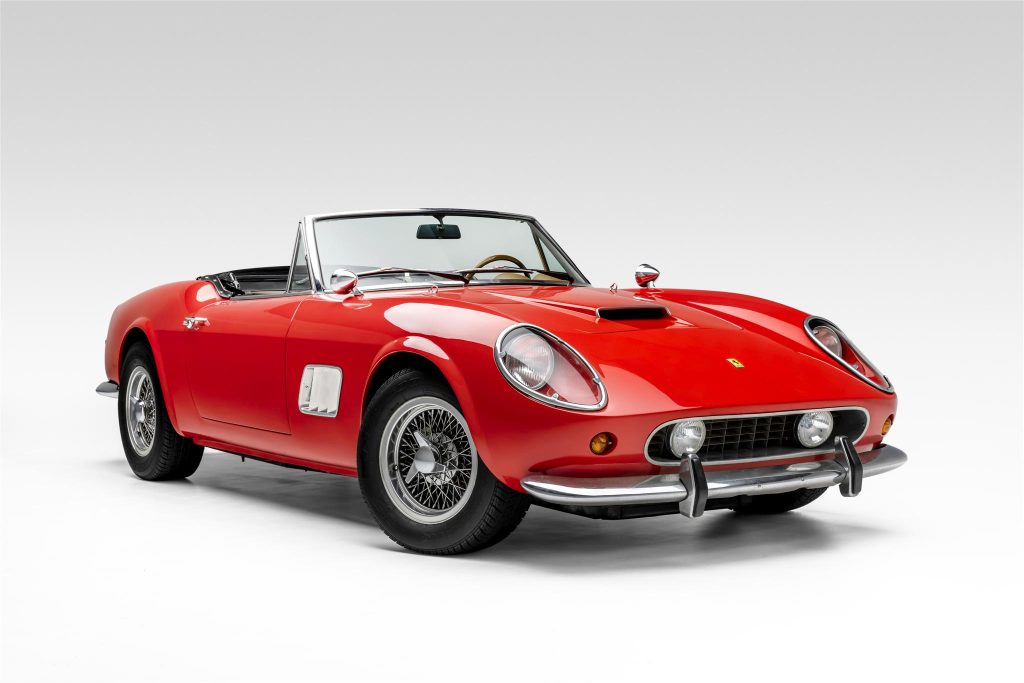
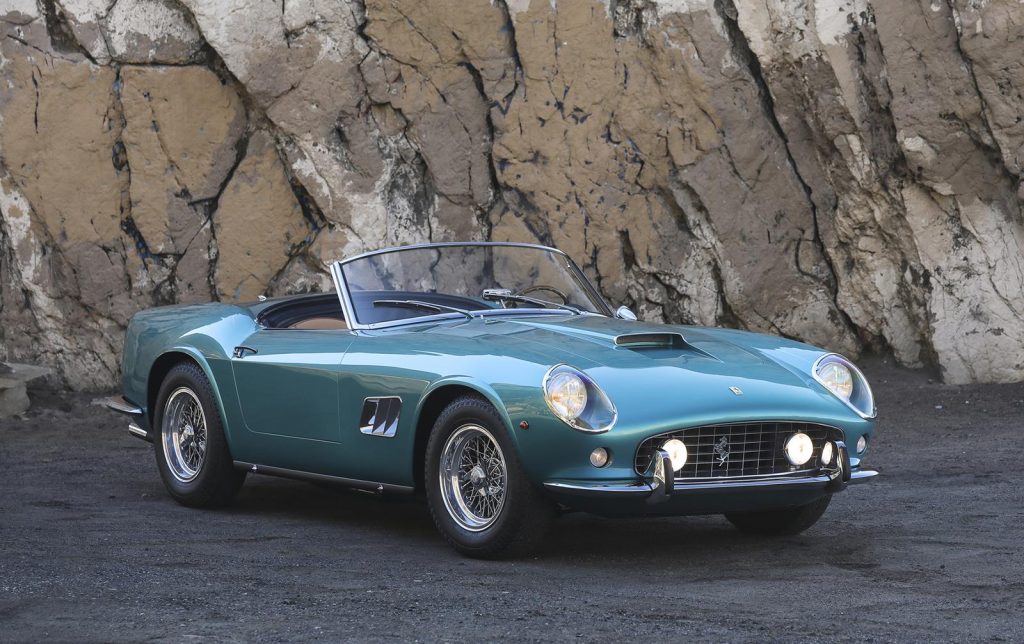
“California Spider” are magic words for classic car lovers. They evoke glamour shots of one of the rarest, most beautiful, and most valuable things ever built by a company known for gorgeous and expensive cars. It’s surprising then, that there will be three Ferrari California Spiders crossing the block in Amelia this year.
Well, actually, just two California Spiders. Something about Bonhams’ red car doesn’t look quite right. The lines are a little off, like a good but not great diecast model. That’s because it’s a fake – rather, a replica built by a company called Modena Design & Development. The body is fibreglass, the engine not a silky V12 but a working man’s Ford 302, mated to an automatic transmission. But don’t just dismiss it as a cheap imitation: it’s one of four prop cars used for the ’80s classic film Ferris Bueller’s Day Off, since even in 1986 the real cars were too valuable to go ripping around and catching air in front of the Chicago skyline. Even though they’re replicas, the Ferris Bueller cars might be more famous than any of the real California Spiders. Bonhams sold another one in 2010 for £79,600 ($96,340). Two sold in 2018 for $396,000 and $407,000, and another sold last December for $377,000 – about £315,000.
The real money, however, goes for the real thing, and the one on offer at RM Sotheby’s is an earlier, long-wheelbase version of the California Spider, which was devised as a dual-purpose road and track car for wealthy coastal Americans. The 17th of 50 long wheelbase examples built, it got the optional competition-tuned engine from the factory. It sold for $831,000 at the Christie’s Pebble Beach auction way back in 2001 and had a total restoration in 2012.
Just 106 Californias were built, with production split between 50 long-wheelbase cars and 56 short-wheelbase cars. SWB versions like the one offered by Gooding & Co got chassis and suspension upgrades, new outside-plug engines, and a more luxurious interior. This car also has the optional closed headlights, which, while a small difference, can add several million dollars in value among collectors. Built for the New York Auto Show, this example is also reportedly the only one delivered in the lovely shade of Azzurro Metallizzato.
1937 Bugatti Type 57S Sports Tourer by Vanden Plas
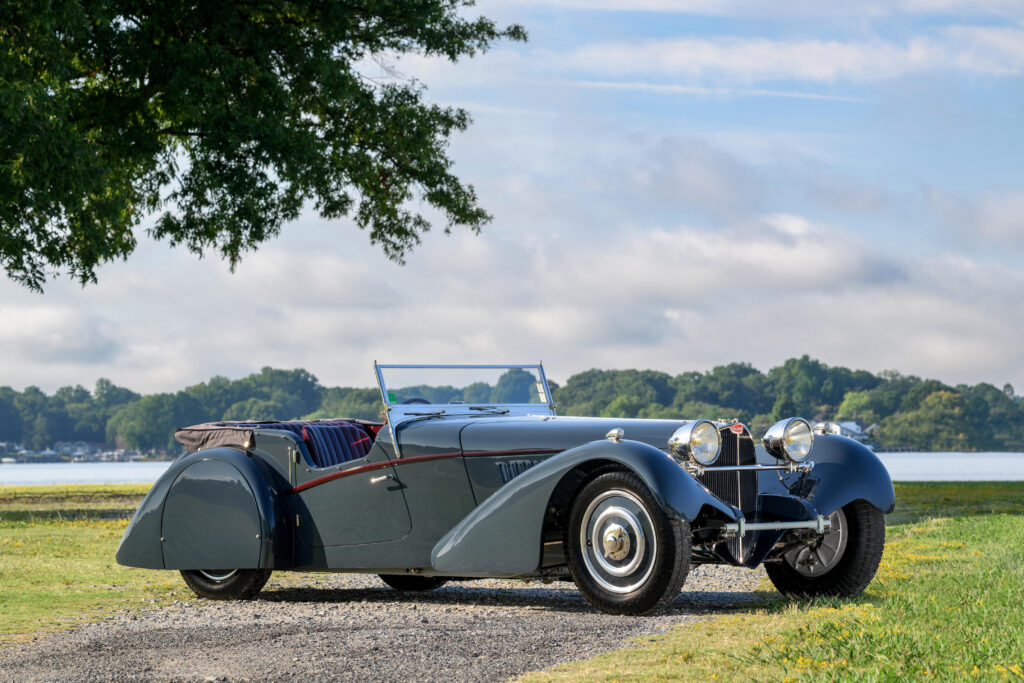
Bonhams
Estimate: $10,000,000 – $12,000,000 (£8.4 – £10m)
Another prewar car with a good story to tell is this Bugatti Type 57S (‘S’ for surbaissé, or lowered). Its rich history began as one of just two Type 57S chassis bodied by British coachbuilder Vanden Plas (not to be confused with the somewhat-related Belgian coachbuilder Van den Plas). Having come stateside before World War II, it possibly raced at Roosevelt Raceway in New York before being shipped back to England, where it shone brightly at the London Motor Show. After the war, it was exported to Trinidad, overhauled, and reportedly “made the XK120 Jaguars pay dearly” while racing at the Trinidad Aerodrome.
This Type 57S was the star of Bonhams’ second Amelia Island auction in 2016, when it sold for $9.735m, still wearing the restoration from the 1980s, along with blue/green paint and wire wheels. It was a monumental price at the time for any Type 57, though there were a few scoffs that the car looked “too British.” The new owner embarked on a thorough and, more importantly, correct restoration to factory condition that used all Bugatti hardware, refitted the original rear wing’s skirts, and even applied nitrocellulose lacquer paint in its original dark grey and red. That restoration can’t have been cheap, which is why it will be interesting to see where the hammer falls in Amelia. If the car brings something towards the higher end of the estimate range, the seller may make some money on it. If it transacts somewhere on the lower end of that range, they probably won’t.
2010 Pagani Zonda R “Revolución”
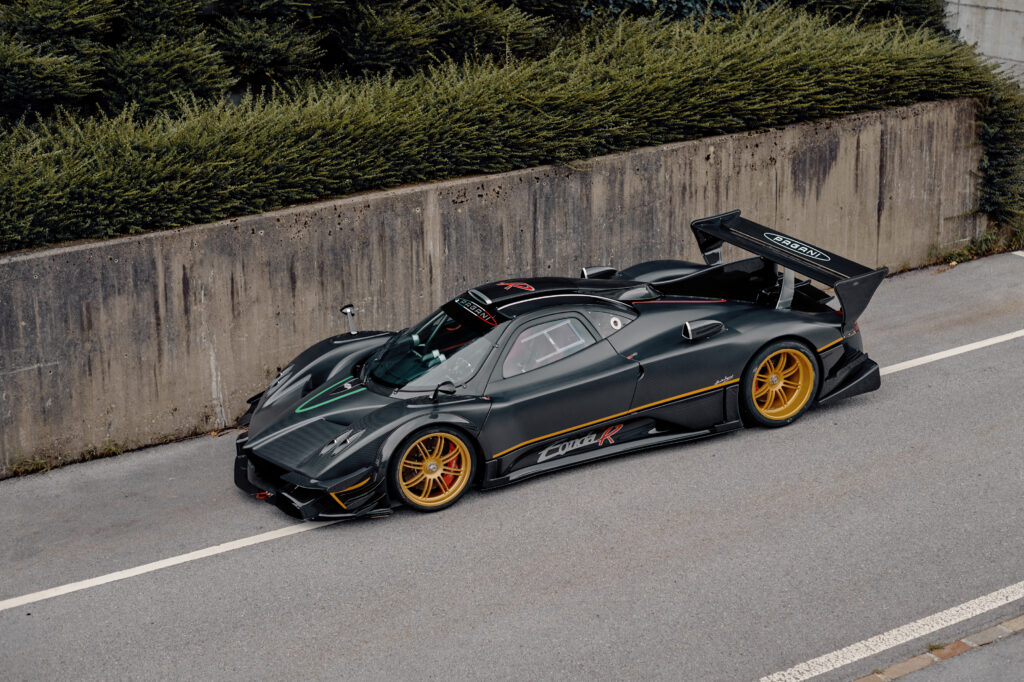
RM Sotheby’s
Estimate: $4,800,000 – $6,800,000 (£4m – £5.7m)
Every Pagani is a work of art, that perfect mix of timeless style with cutting-edge tech and performance that only a few great cars are able to pull off. That just 140 copies of the Zonda, Pagani’s first production model, were built over the course of 20 years goes to show how much focus is put into each one.
Paganis rarely come to the public market, and only a handful of Zondas have shown up at auction before. We’re keeping an eye on this one because it’s the first Zonda R we’ve seen come up for bidding. The fifth of just 10 built between 2009-11, it was upgraded at the factory to Revolución specs in 2014, has a 780bhp 6.0-litre AMG V12 with 6-speed sequential gearbox, and reportedly hits 60 in 2.7 seconds and can reach 230mph. The Revolución specification included drivetrain improvements, a new set of Öhlins dampers, lightweight wheels, and an additional rear wing beneath the main one.
The Zonda R was designed for neither race series nor high-speed grand touring – rather, it set out to be the ultimate track-focused car. Thoroughly reworked, it shares just a fraction of its parts with preexisting Zondas, and its monocoque is made of a special material developed by Pagani that weaves titanium and carbon together. In 2010, one lapped the Nürburgring in 6:47.50, then a record time for a “road-based car.”
The Zonda R reportedly started at about $1.8m when they were new. It’s hard to imagine pushing ten tenths in something that expensive, let alone something with an estimate of $4.8m – $6.8m, but that appears to be the going rate for these bespoke hypercars these days. Other Zondas – ones that you can drive on the road – have brought near or above $6m at auction.
Another track-only hypercar – a Maserati MC12 Corse – surprised us with a $3.8m sale price in Scottsdale this year, so we’ll be watching to see if the Pagani beats expectations, too.
1931 Duesenberg Model J “Disappearing Top” Convertible Coupe by Murphy
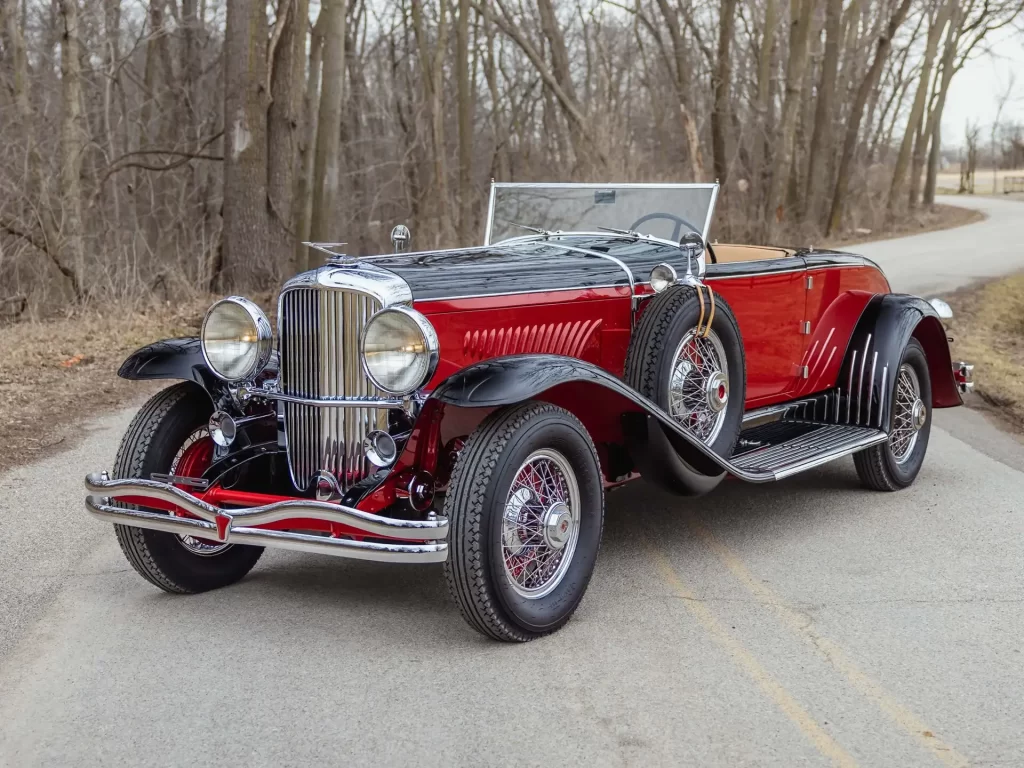
RM Sotheby’s
Estimate: $3,850,000 – $4,500,000 (£3.2 – £3.8m)
Among many prewar offerings this year at Amelia, two are truly ancient, having been built before 1910. This 1931 Duesenberg might not be quite as old, but it won’t be long before it hits the century mark. Regardless of age, however, Scottsdale’s top sale demonstrates that these motorcars remain sought after.
Huge prices typically accompany that demand, if the car has the right things going for it, that is. This Model J certainly fits the bill. Any Model J is a star, but this one has a rare body style: it’s one of about 25 “Disappearing Top” convertible coupés by Murphy. It is also all certified matching numbers down to the firewall number that Duesenberg stamped on its automobiles.
It also has interesting history, as it once served in the stable of Pacific Auto Rentals, the famous supplier of prop cars to Hollywood. The Duesenberg appeared in Whatever Happened to Baby Jane, and an adult Jayne Mansfield posed with it for publicity photos. It also appeared regularly on a TV series called Bring ‘Em Back Alive and was in the 1976 film Gable and Lombard. A handful of Duesenbergs will cross an auction block in Amelia, but this one is the best.
1968 Porsche 907 K
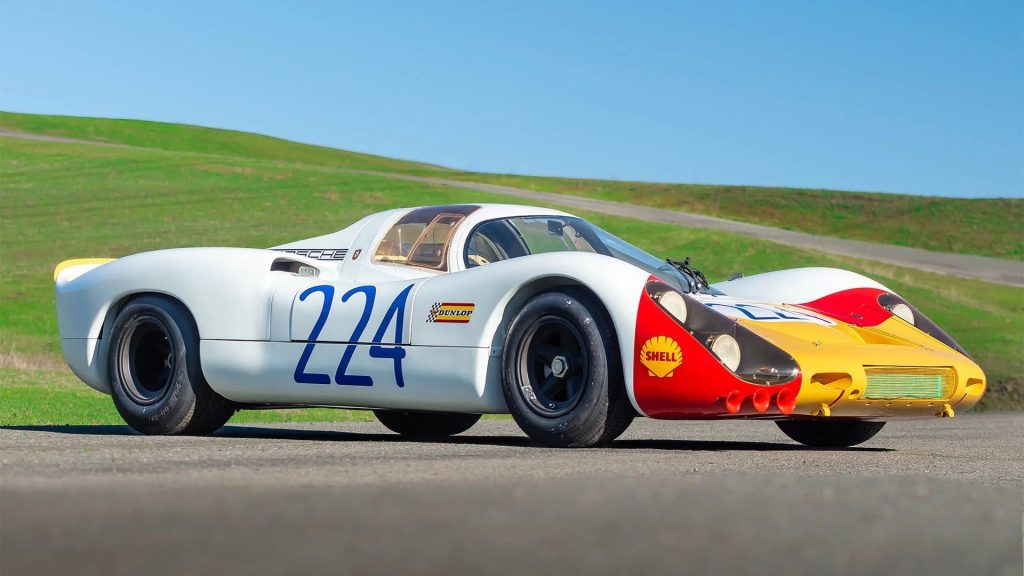
Broad Arrow
Estimate: $4,500,000–$5,500,000 (£3.8m – £4.6m)
The 907 was a short-lived but pivotal part of Porsche’s racing program in the 1960s. That decade saw Porsche’s racing program evolve at a blistering pace, from pocket-sized 718 Spyders to all-conquering 12-cylinder 917s in what seemed like a blink. The 907 falls somewhere in the middle. Twenty-one were built in long tail (LH) and short tail (K) form, with either six-cylinder power or a 2.2-litre flat-eight. All air-cooled, of course. What makes this 907 a star, even at a Porsche-packed auction event like Amelia Island, is that it scored one of the 907’s biggest victories, and surely its most exciting.
Vic Elford, the English hot shoe who was fast in any car and equally quick to light up a post-race cigarette, was on a tear during his and the 907’s greatest season – 1968. He won the Monte Carlo Rally driving a 911 T, gave Porsche its first-ever overall win in a 24-hour race by taking the chequered flag at Daytona in a 907 LH, then finished second at Sebring and third at Brands Hatch in another 907. Other ’68 highlights for Elford included a fourth in his first F1 race at the French GP and another victory at the Nürburgring 1000 km driving the 3.0-litre 908. His best drive, however, was at the Targa Florio in this 907 K, Chassis 025.
After a DNF at Sebring, 025 was repaired for the Targa and handed to Elford, co-driving with ’53 and ’56 Targa winner Umberto Maglioli. Elford qualified the car on pole, and his rally experience prepared him for the punishing 45-mile laps through the heart of Sicily. It began with bad luck – just 10 km after the start, a wheel nut worked its way loose. Before he could get to the jack, the locals had swarmed, lifting the car up by hand, allowing Elford to tighten the wheel and go on his way. The nut loosened again a few miles down the road, and a new group of locals hoisted the car up as a space-saver spare was finally fitted and Elford cruised to the pits. Hope for overall victory seemed lost.
Then, over the course of the race Elford, Maglioli, and the 907 K were so fast that they got within striking distance. After breaking the lap record three times in a row and with half a lap left, Elford passed the leading Alfa Romeo Tipo 33/2 for the win, scoring Porsche’s eighth victory at the Sicilian classic and the third in a row. It would be the 907’s last major moment of glory on the track. After the Targa, 907 025 went on to a successful hillclimb career and was restored in the 2000s.
A year ago, another 907 K with solid race history sold at Artcurial’s Rétromobile auction for €4.39m, and nine years ago in Amelia Island the 907L that led Porsche’s 1-2-3 sweep at Daytona (also with “Quick Vic” Elford at the wheel) brought $3.63m. As always, Porsche fans will be spoiled for choice at this year’s Amelia auctions, but all eyes will be on Vic Elford’s Targa winner.
This story was first published on Hagerty Insider
Check out the Hagerty Media homepage for daily news, features, interviews and buying guides, or better still, bookmark it. Or sign up for stories straight to your inbox, and subscribe to our newsletter.



